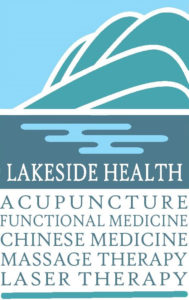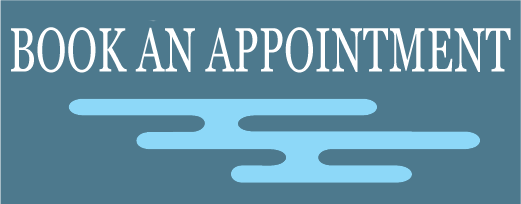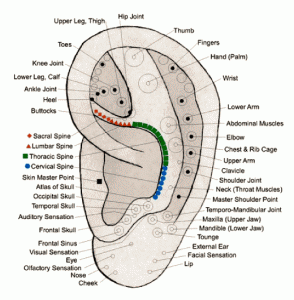
Auricular acupuncture is the stimulation of acupuncture points on the external ear surface for the diagnosis and treatment of health conditions in other areas of the body. The ear is a microsystem of the body, consistent with the brain map discoveries of Canadian neuroscientist Wilder Penfield.
Although acupuncture evolved in the context of Asian medicine, the specialty of ear acupuncture was developed in western Europe. It’s foundations laid by Dr. Paul Nogier, a neurologist working in France in the 1950’s, it was deepened and expanded by Frank Bahr M.D. and physical medicine specialists in Germany over the following decades. Nogier found that the ear holds all of the acupuncture points of the body plus more detailed physiological and anatomical correspondences and found that stimulation of these points were very effective in alleviating pain and other symptoms.
The surface structure of the ear is unique and has functions in addition to our sense of hearing. The ear is the first organ to develop to its full size and become fully functional about 18 weeks after conception and is one of a few anatomical structures composed of tissue from each of the 3 primary types (endo, ecto, mesoderm) in the developing embryo.
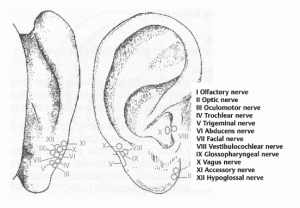
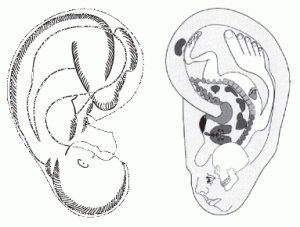
Auricular acupuncture is usually performed as an adjunct to body acupuncture but is uniquely qualified for quick treatment in unusual settings.
The use of ear acupuncture in trauma and disaster
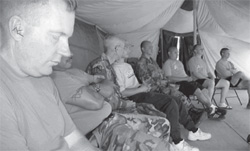
“Community-style” acupuncture is well suited to group treatment conditions faced in disaster settings. Treatment is easily integrated into a wide range of settings: hospitals, outdoor clinics, on a curbside, etc. The volunteer groups Acupuncturists Without Borders and NADA provided support to both relief workers and victims in the aftermath of Hurricane Katrina in New Orleans. After the terrorist attack in New York City in the fall of 2001 volunteers from the National Acupuncture Detox Association (NADA) volunteered at St. Vincent’s Integrative Stress Management Center in Manhattan. The clinic continued for 6 years and treated over 40,000 people.
Treatments are easily given while people are fully clothed. A protocol developed for use in addiction treatment programs through NADA is an effective way to help people facing enormous stress, anger, depression, fatigue and other emotional and physical pain. It has been used in thousands of programs around the world. Those receiving treatment do not have to wait to feel its impact, as relaxation generally occurs within minutes. Survivors of traumatic events report ear acupuncture to be useful in alleviating symptoms of Acute Stress Disorder. They report increased mental clarity, ability to cope, alertness, ability to sleep, reductions of pain and muscle spasm, depression, anxiety, and intrusive recall. These simple acupuncture treatments can have a calming and transformative effect without requiring the traumatized client to talk. They can be in a state of extreme dissociation and still benefit.

